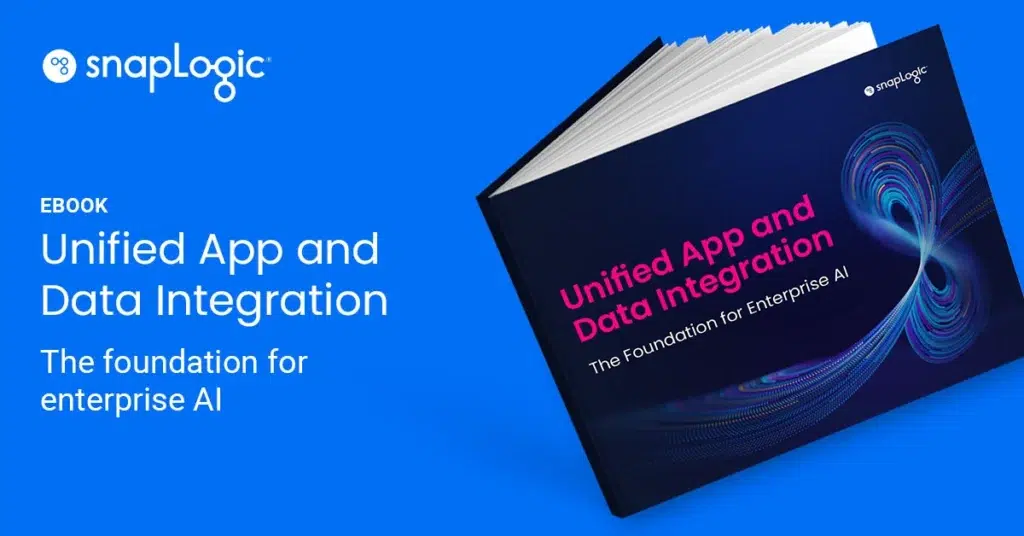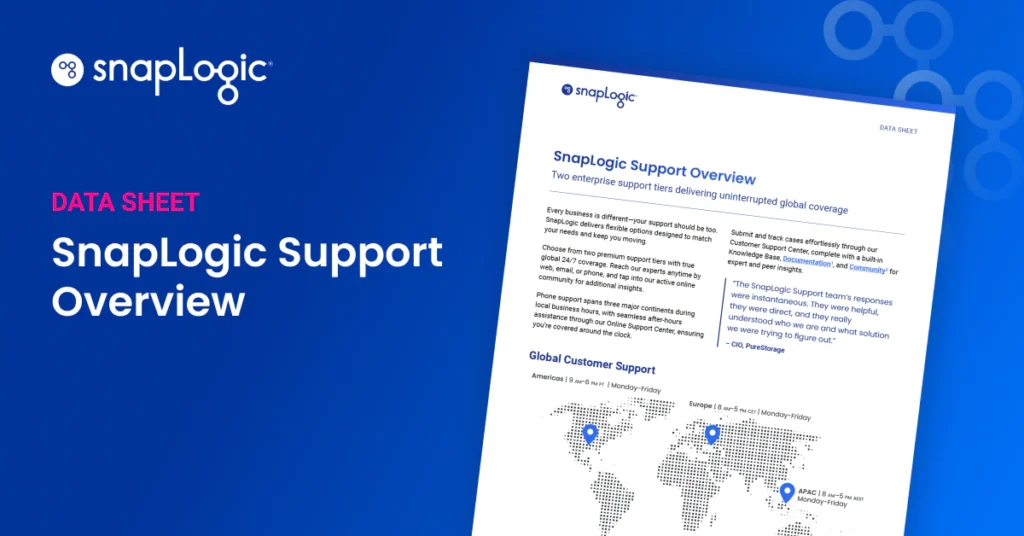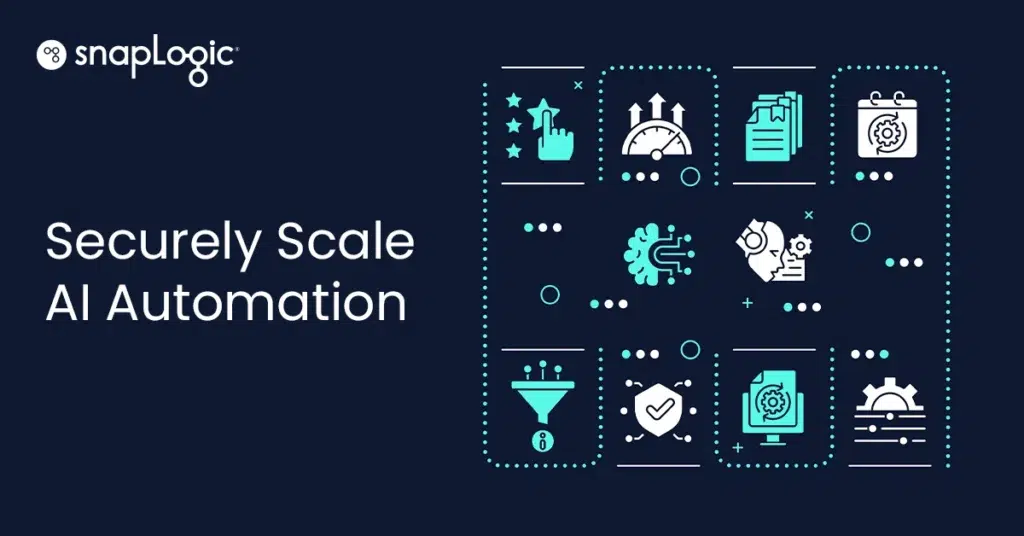What is vector indexing?
Vector indexing is a technique in machine learning and data retrieval that is used to efficiently organize and search large sets of high-dimensional vectors. These vectors often represent complex data like text, images, or other forms of unstructured information that have been transformed into numerical format through embedding techniques.
Vector indexing involves creating an index structure that allows for quick similarity searches, enabling retrieval of vectors closest to a given query vector based on a chosen distance metric (e.g., Euclidean distance, cosine similarity). This is crucial for tasks such as semantic search, recommendation systems, and clustering, where finding similar items quickly and accurately is essential.
Vector indexing and Generative AI
Vector indexing plays a crucial role in Generative AI (GenAI) by enabling efficient retrieval, comparison, and manipulation of high-dimensional data representations, which are essential for various GenAI applications. Here are several ways vector indexing is utilized in GenAI:
Enhance language models
- Contextual search: perform semantic searches to understand the context and meaning of queries rather than relying on keyword matching, for more accurate and relevant search results
- Document retrieval: for tasks like question answering or summarization, GenAI models can retrieve the most relevant documents or text passages from large datasets based on vector similarity
- Paraphrase detection: detects paraphrases by comparing the semantic similarity of sentences even if they use different words
- Content recommendation: by finding similar vectors, models can recommend related content, articles, or products based on user preferences and past interactions
Improve generative capabilities
- Text generation: GenAI models use vector representations of text to generate coherent and contextually appropriate content, such as articles, stories, or code snippets
- Image and video generation: Vector indexing facilitates the retrieval and combination of features in generative models, enabling the creation of realistic images, videos, and animations
- Data augmentation: generate synthetic data that is similar to real-world data, which can be used for training and improving other machine learning models
- Style transfer: Map and transform vector representations to transfer styles between different images
Enable advanced applications
- Conversational AI: manage dialogue states and retrieve relevant responses in conversational AI systems and compare user queries to past interactions, allowing GenAI models to generate personalized responses
- Entity recognition: recognize and link entities across different documents, to improve the model’s ability to extract and represent knowledge
- Fact verification: use vector similarity to verify facts by comparing generated statements with a database of known facts
Optimize model performance
- Memory management: allows for efficient storage and retrieval of high-dimensional data, reducing memory usage and speeding up training and inference processes
- Scalability: GenAI models can handle larger datasets and more complex tasks, making them scalable and suitable for enterprise-level applications
- Performance metrics: evaluate model performance by comparing generated outputs to ground truth data and calculating similarity scores
- Feedback loops: facilitate continuous model improvement by analyzing user feedback and refining vector representations based on performance metrics
Support cross-modal applications
- Text-to-image and image-to-text: allows GenAI models to map between different modalities, enabling applications like text-to-image generation and image captioning.
- Audio and video processing: vector representations of audio and video data enable GenAI models to generate and manipulate multimedia content
- Virtual assistants: integrate multiple data sources and modalities, enabling virtual assistants to understand and respond to complex queries
- Augmented reality (AR) and Virtual reality (VR): create immersive AR and VR experiences by generating and blending realistic content
Vector indexing supports higher efficiency, accuracy, and versatility in generative processes, creating new possibilities and applications across various domains.
Tools that use vendor indexing
Several tools and platforms on the market leverage vector indexing to provide advanced search and retrieval capabilities. Each tool has unique strengths and is suitable for different use cases, from enterprise search and recommendation systems to deep learning and bioinformatics. including:
- Vector databases, including Pinecone, Weaviate, Milvus, etc.
- Search engines with vector capabilities
- Machine learning platforms
- Libraries and frameworks
- Specialized tools
These tools and platforms provide robust solutions for implementing vector indexing and enable businesses to build advanced applications leveraging vector similarity search.








